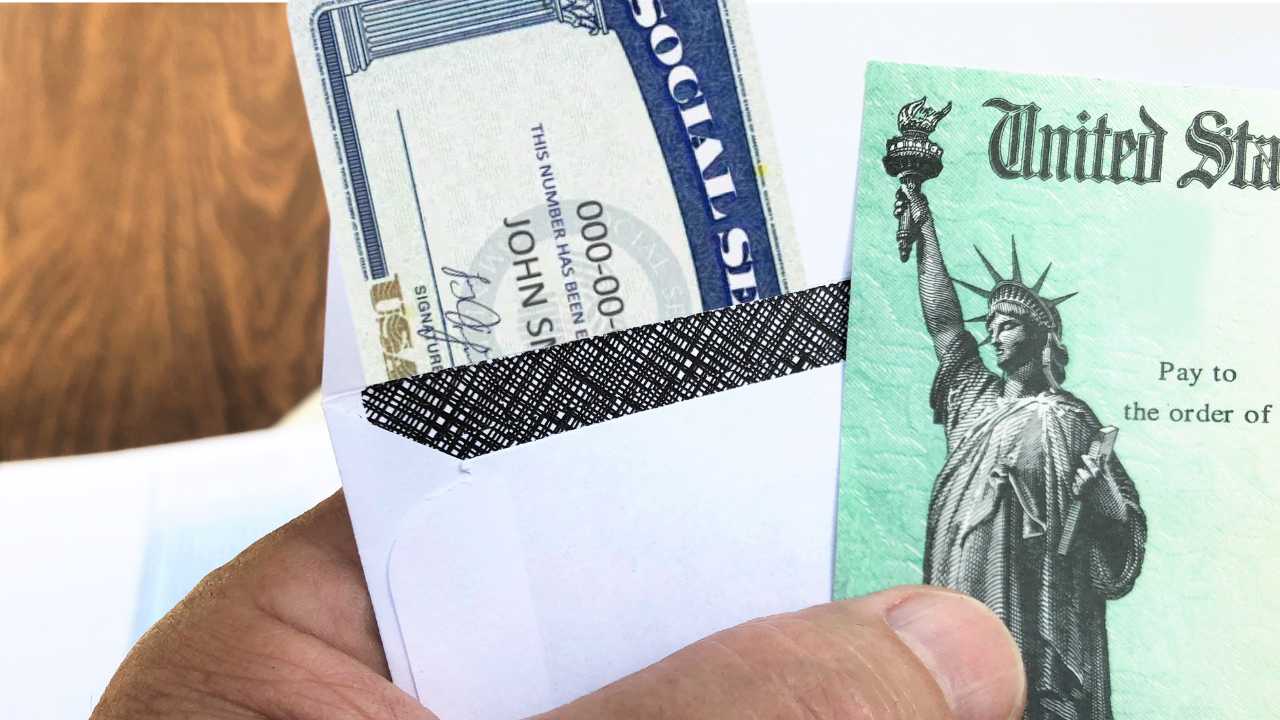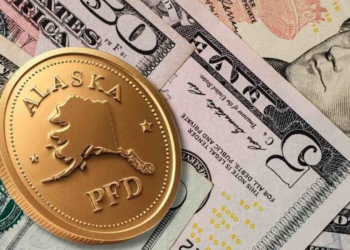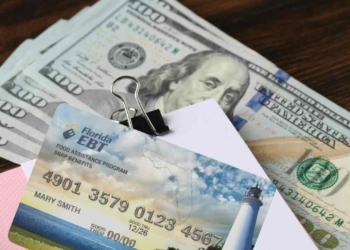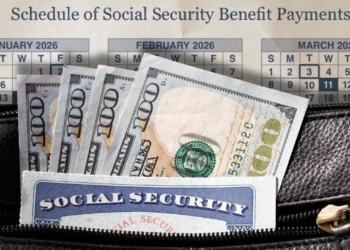If you get your Social Security payment (retirement, SSDI, or SSI, as a beneficiary or as a survivor relative), you might have been worried in the last week regarding the announcement from the Social Security Administration (SSA) about the phasing out of the paper checks. Well, don’t you worry about a thing, because everything’s set to stay the same, majorly.
As of today, over 300,000 individuals (some calculations say 500,000) receive payments from the SSA in the way of paper checks, so, this decision was expected to have a huge impact when it comes to rural areas, small towns with no ATM machines, or with stores that does not accept card payments. That said, a lot of criticism sparkled in the social media, and the phone lines just won’t stop ringing: angry and worried recipients asking for their paper checks to stay.
The reversal of the decision: the Social Security Administration to keep paper checks
The SSA reversed its decision to eliminate paper checks for benefit payments following legislative intervention. On July 14, 2025, the agency announced a full transition to electronic payments starting September 30 of the same year. This move complied with an executive order issued by President Donald J. Trump in March 2025 to modernize government systems. Nine days later, on July 23, the SSA reversed its stance through a formal agreement with Senator Elizabeth Warren (D-Mass.).
The compromise guarantees continued paper checks for beneficiaries without digital access. The initial justification cited operational efficiency and risk reduction, because, by their explanation, electronic payments showed fewer instances of loss, theft, or delays compared to physical checks. Referenced data indicated a 160% increase in mail theft complaints between March 2020 and February 2021.
The SSA noted that less than 1% of recipients still used paper checks, reflecting widespread adoption of direct deposit or prepaid debit cards. The March 2025 executive order aligned this shift with global financial trends.
The accessibility of paper checks, an old, known friend for beneficiaries
Senator Warren pushed for reconsideration after highlighting technological barriers for vulnerable groups. Her negotiations secured written commitment from Commissioner Frank Bisignano to retain paper checks as a last-resort option.
The decision impacts Supplemental Security Income (SSI) recipients, seniors, and rural residents with limited banking access. As of June 2025, 74 million people received Social Security or SSI benefits, making the 1% equivalent to approximately 740,000 individuals. A 2023 report showed 4.2% of U.S. households lacked bank accounts.
The SSA will keep sending paper checks while intensifying promotion of electronic alternatives. The agency will actively communicate the speed and security advantages of digital disbursements, offering enrollment assistance for direct deposit or account setup.
The Direct Express debit card, a prepaid solution requiring no traditional bank account, is prioritized as an intermediate option: this is a tool that avoids postal delays and allows ATM withdrawals or retail purchases all over the country.
Legal benefit guarantees remain unaffected by payment method. Section 207 of the Social Security Act shields funds from commercial creditor garnishment. Simultaneously, the Consumer Credit Protection Act safeguards two months’ benefits against claims. These protections apply equally to electronic transfers and paper checks. However, risks associated with physical mail—damage, loss, or theft—persist per historical SSA records, and it’s expected to be brought back in a form of new proposals, if the last remaining recipients switch to electronic vias.







